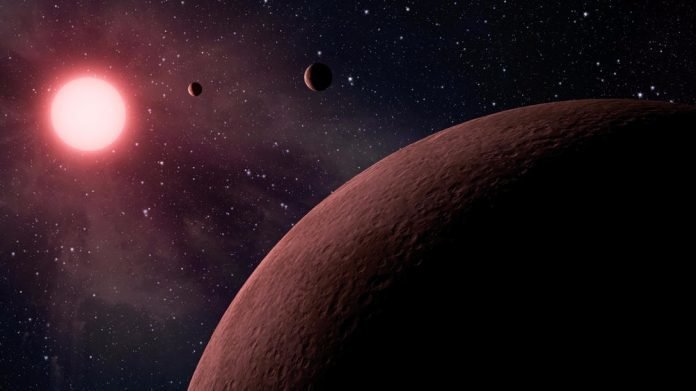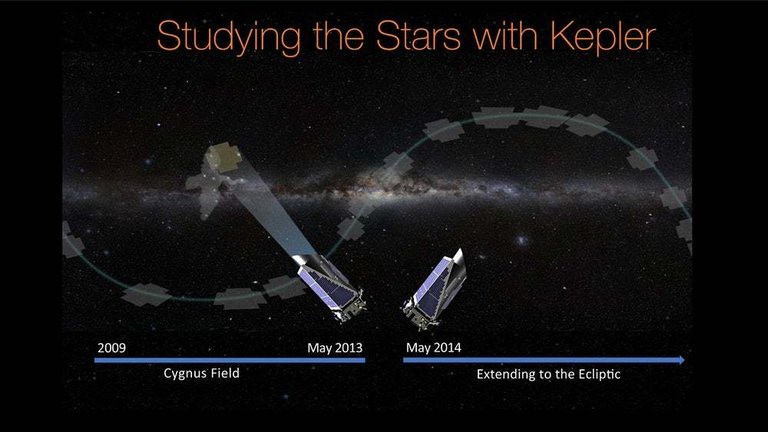With the help of the Kepler space telescope, over seven years of its existence, more than two thousand exoplanets have been discovered, and a recently compiled catalog of exoplanet candidates may increase this number in the future. In general, Kepler identified 4,034 candidates for exoplanets, 2,335 of which were tested. This process involves monitoring after initial detection, and requires a considerable amount of time. More than 30 of these candidates turned out to be about the size of the Earth and the orbit in the inhabited zone - at the right distance from their star for the existence of liquid water.

Now scientists are analyzing the data on a section of the sky in the constellation Cygnus. There are still 219 candidates for exoplanets, 10 of them are close in size to the Earth and are in the inhabited zone of their star.

These data showed an interesting trend in the framework of the second study, according to which most of the planets discovered using Kepler are divided into two separate size classes. The first is a group of rocky planets, such as the planet Kepler-425b, which NASA described as an "older cousin" when it was discovered in 2015. Another group consists of gaseous planets smaller than Neptune, such as Kepler-22b, which was discovered in 2011.
Neat stuff. :)
A long time ago, in a galaxy far, far away...